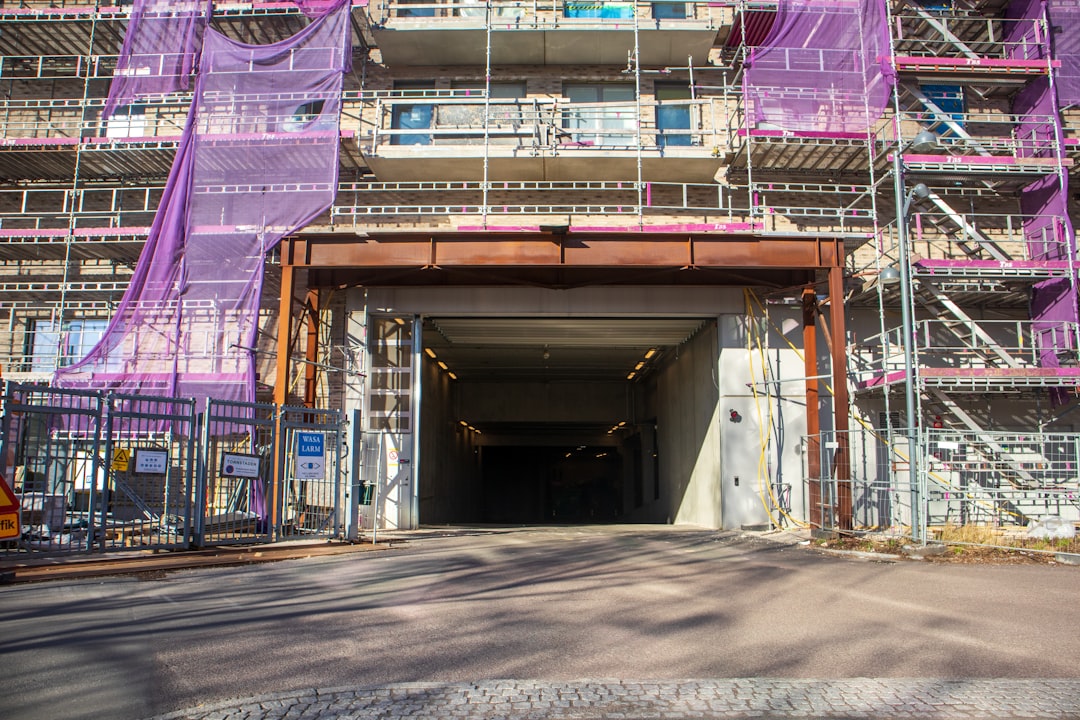
Installing a heated driveway in Colorado can significantly reduce the labor and risks associated with snow removal. With costs ranging from $14 to $25 per square foot depending on the system, it's crucial for construction professionals to understand the options available. This guide covers the latest technologies, cost considerations, and installation processes to help you make informed decisions for your clients.
There are two primary systems:
Both systems are equipped with smart sensors to optimize energy use and performance.
Costs vary based on several factors:
Factors such as amperage availability and trenching distance can affect the final cost. For precise estimates, visit CountBricks.com.
Operating costs depend on system type and usage. Electric systems may add $350 – $450 annually to utility bills. Smart controls can reduce energy consumption by up to 30%.
Annual inspections are recommended to ensure optimal performance. Key tasks include sensor calibration and system checks.
Heated driveways can recoup 70 – 110% of their cost within five years, especially in areas with strict HOA regulations.
Consider a heated driveway if your project involves steep grades, frequent snow removal needs, or long-term property investment.
For detailed estimates and professional installation, visit CountBricks.com or contact our team for a consultation.

The Ramirez family in Colorado Springs faced challenges with their steep driveway. CountBricks provided a targeted electric retrofit, focusing on efficiency and cost-effectiveness.
Mr. Ramirez noted significant savings and convenience, reducing winter maintenance costs dramatically.
CountBricks offers a streamlined process with transparent pricing and efficient project management.
For a comprehensive plan and professional installation, visit CountBricks.com.